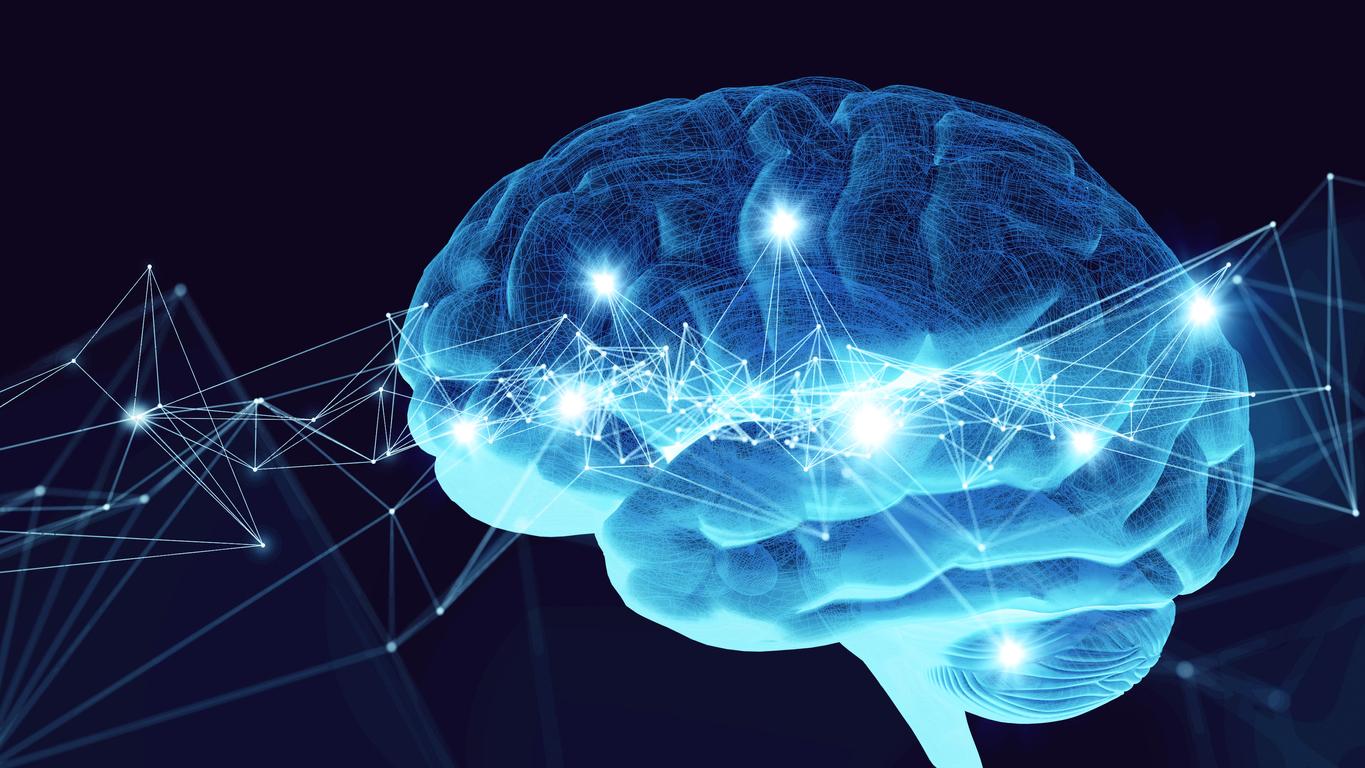Researchers have discovered the origin of the “death wave,” a significant brain activity that occurs when the brain is deprived of oxygen.

- A death wave occurs when the brain is deprived of oxygen. This jump in brain activity is initiated deep in the cortex, according to researchers.
- It spreads in this brain region until definitive extinction of consciousness. However, it is not necessarily a sign of death since resuscitation remains possible.
- A better understanding of this “wave” could help develop treatments that improve intensive care unit care.
The fateful expression “hour of death”, very often uttered in medical or detective series, turns out to be a thorny question for neuroscience professionals. “It is not a question of a precise moment which marks the shift of life towards death, but of a process of several minutes, which, in certain cases, can be reversible”explain researchers from the brain institute.
By seeking to understand what happens when the brain is deprived of oxygen and its electrical activity gradually stops, the team “Cellular excitability and dynamic neural networks” discovered the origin of the “death wave”.
Their discovery was presented in the journal Neurobiology of Disease.
Cerebral asphyxia: the wave of death originates in the cortex
To better understand the mechanisms at play in brain death, scientists measured the electrical activity of rat neurons within the different layers of the cortex. somatosensory primary, a brain area that plays an important role in the representation of the body and the processing of sensory information. They compared data collected before and during oxygen deprivation of the brain (also called cerebral anoxia).
The existence of a large amplitude brain wave, called the “death wave”, has been observed, and even localized. “We noticed that the activity of neurons was relatively homogeneous at the beginning of cerebral anoxia. Then, the death wave arose at the level of the pyramidal neurons located in layer 5 of the neocortex, and propagated in two directions: upwards, i.e. the surface of the brain, and downwards, i.e. the white matter, explains Séverine Mahón neuroscience researcher. We observed this same dynamic in different experimental conditions, and believe that it could exist in humans.”
Wave of death: its location could improve the resuscitation
If the death wave during oxygen deprivation propagates in the cortex until consciousness “extinguishes”, it would not necessarily be a sign of death, according to the researchers. They determined that in reoxygenating the brain of rats after its occurrence, the nerve cells have the capacity to replenish their ATP reserves (cell fuel)leading to the repolarization of neurons and the reestablishment of synaptic activities. Although it had already been shown that it was possible to reverse the effects of cerebral anoxia by resuscitating the patient quickly, the areas of the brain most likely to suffer from lack of oxygen were not well identified. The discovery of the most vulnerable parts could thus help improve intensive care treatment, according to the research team.
“This new study advances our knowledge of the neural mechanisms underlying changes in activity in the brain as death approaches. It is now established that from a physiological point of view, death is a process that takes its time… And that it is currently impossible to rigorously dissociate it from life. We also know that a EEG flat does not necessarily mean a permanent cessation of brain functions. From now on, it will be necessary to establish under what exact conditions these functions can be restored, in order to develop drugs neuroprotectors to support resuscitation in the event of heart and lung failure”specifies Pr. Stephane Charpier (Sorbonne University)head of the research team in a communicated.















